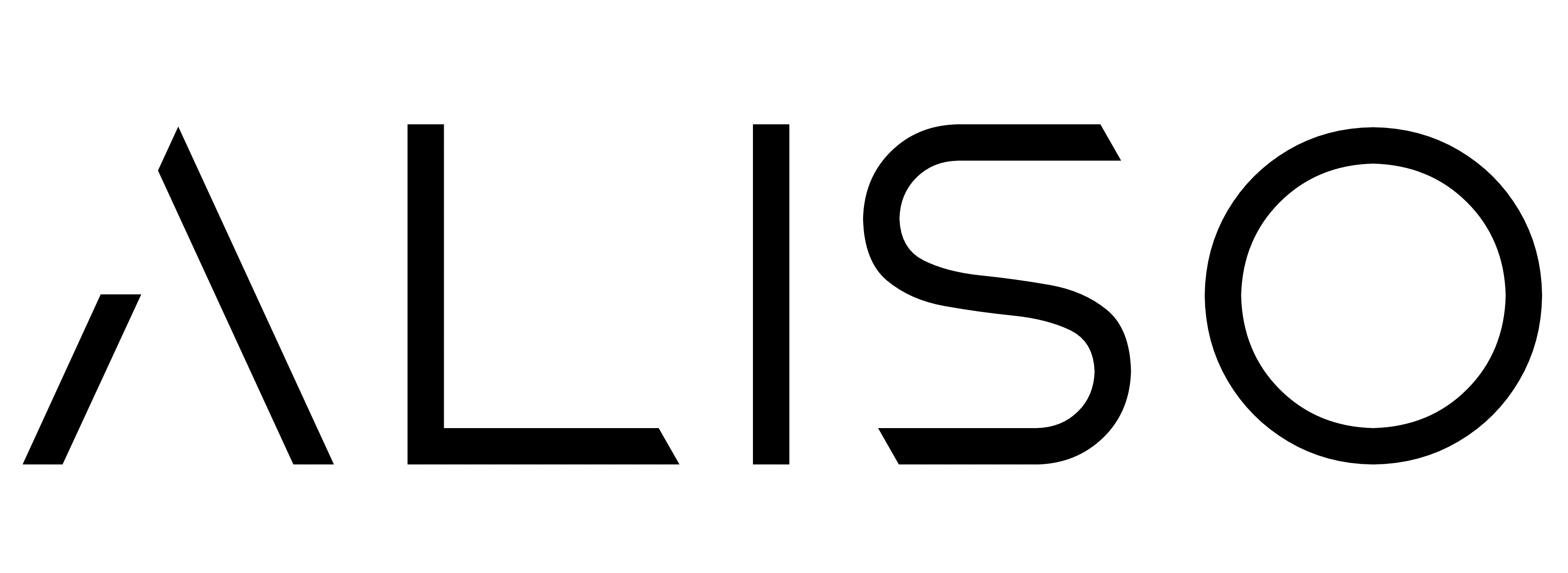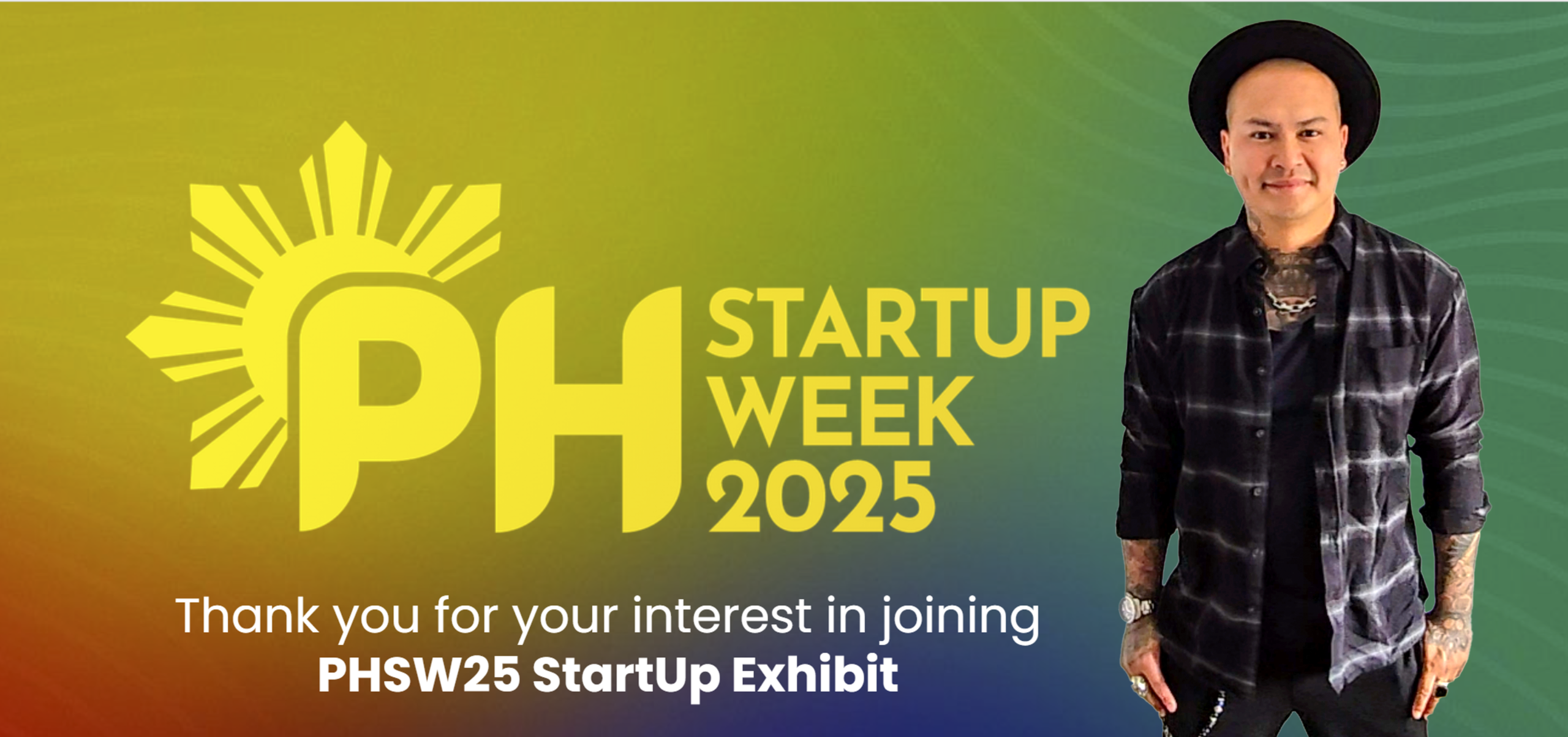Every business has key people who hold knowledge that keeps things running.
They know the exceptions, the workarounds and the context that never makes it into a system.
But what happens if they leave?
Without proper documentation, that knowledge walks out the door with them.
The result is wasted time, confusion and an uphill battle to keep Business as Usual.
Capturing knowledge and processes in a structured way ensures continuity.
It means new staff can step in and know exactly what to do from day one.
🧩 Why Capturing Knowledge Matters
Knowledge capture is more than writing instructions.
It’s about protecting the business from risk.
When staff move on—whether by choice or circumstance—the impact can be severe.
Teams are left guessing, customers experience delays and leadership deals with fire-fighting.
By documenting processes, you create resilience.
No single person becomes a bottleneck.
Knowledge belongs to the organisation, not just the individual.
📝 Process Documentation as Insurance
Process documentation is like insurance—it pays off when things go wrong.
Standard Operating Procedures (SOPs) give teams clarity on how to complete tasks.
Work instructions go deeper, breaking down each step into clear actions.
Process maps provide the big picture, showing where roles and decisions fit.
When this documentation is stored in a knowledge base, it becomes accessible to everyone.
If someone leaves, their replacement doesn’t have to start from zero.
They have a roadmap that shortens onboarding and reduces mistakes.
🎤 Getting Knowledge Out of People’s Heads
The challenge is that knowledge often lives in people’s heads.
Analysts and documentation specialists need to draw it out.
This takes interviewing, listening and patience.
Ask open-ended questions: “What happens next?” “What’s the biggest mistake people make here?” “What do you do when something breaks?”
Capture not just the official steps but the informal practices that keep things working.
Stakeholders are more willing to share when they feel respected and included.
That’s where EQ skills matter as much as technical writing.
📂 Building a Knowledge Base That Works
A knowledge base is where captured knowledge becomes useful.
It should be structured so staff can quickly find what they need.
Organise content by teams, processes or functions.
Use templates to keep SOPs and work instructions consistent.
Add tags and keywords to support search.
The easier it is to find information, the faster new staff get up to speed.
A well-designed knowledge base turns documentation into a practical tool, not a forgotten archive.
🔍 Smooth Onboarding Through Documentation
Replacing staff always comes with disruption.
But the pain is reduced when documentation is in place.
New hires can open the knowledge base and immediately see what needs to be done, who owns what and how tasks connect.
Instead of spending weeks shadowing others, they learn directly from SOPs and process guides.
This speeds up onboarding and reduces dependence on already busy colleagues.
It also ensures consistency, because training is based on the same trusted source.
👥 Reducing Risk Across the Business
Knowledge loss isn’t just about inconvenience—it’s risk.
Without documentation, compliance can slip, customers may suffer and decisions take longer.
Errors become more likely, costing money and credibility.
By capturing processes, you reduce reliance on memory and protect against disruption.
It’s not just about preparing for people leaving.
It’s about making everyday work smoother, faster and more consistent.
🌱 Building a Culture of Sharing
For knowledge capture to stick, it needs to be part of the culture.
Leaders should encourage staff to document as they go, not only during handovers.
Analysts and writers should model good habits by keeping content current.
A healthy knowledge base reflects collaboration and respect for shared knowledge.
When people see their input valued, they’re more willing to contribute.
🎯 Final Thought
Every business faces staff turnover.
The question is whether you’re prepared for it.
Capturing knowledge and processes before people leave ensures continuity.
It gives new staff the tools to succeed from day one.
It reduces risk, speeds up onboarding and protects Business as Usual.
A knowledge base isn’t just documentation.
It’s the backbone that keeps the business running when people move on.






